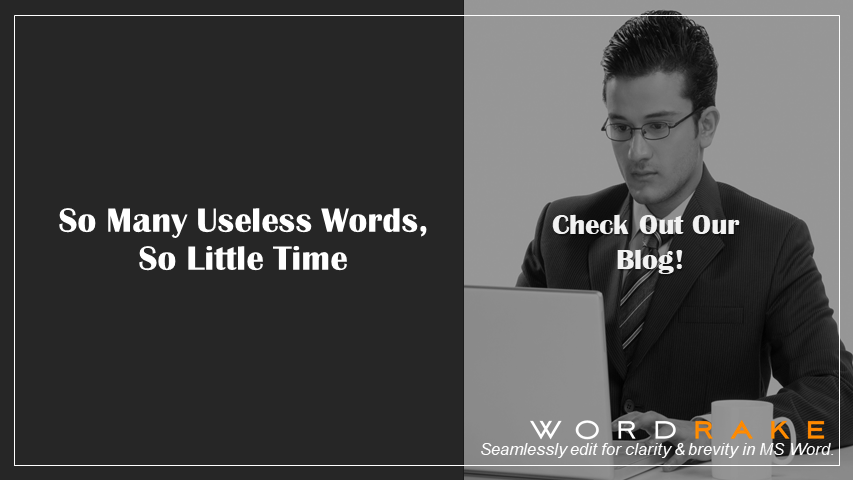One of the most difficult parts of writing is figuring out which information is necessary to convey, and which is excess background information that detracts from the overall idea you’re trying to convey. Take a journey with author and nonfiction book coach Anne Janzer as she explores which facts you need to pack, and which you can leave behind.
Writing is like packing luggage for a trip, only you’re packing for the reader’s journey through your ideas. You need to figure out what they’ll need without burdening them with extra weight and bulk.
So, how do you approach packaging for a trip? Are you one of those people who effortlessly packs a streamlined, Instagram-worthy organized bag on the first pass? If so, lucky you. It always takes me one or more passes to get it right.
I start by putting together everything I think I might want during my time away, then let it sit. After a while, I inevitably add one thing I’d forgotten and remove four I don’t need.
The size of the luggage matters. Will you fly with a single carry-on bag or throw stuff in the car? Does everything fit the suitcase, or do you sit on it while trying to force the zipper around, hoping it holds?
In writing, as in packing, many people stuff too much into the first draft. If you burden the reader with an over-packed email or report, they might leave it by the side of the road.
Your final, written content should be like a neatly packed bag: containing mostly the necessities, with room for one or two small flourishes, and everything in its place.
Brevity doesn’t come naturally. Most of us have to pare down what we’ve written--but the effort always pays off.
Brevity of content: What you choose to say
Brevity doesn’t mean only using fewer words. You also choose brevity by including fewer ideas. Decide what the reader needs on this trip.
-
How much background should you include in that email?
-
Does your team need to know your entire thought process leading to a conclusion?
-
Do they need a ten-page report or a one-page summary?
We often dump our entire thought process into emails or first drafts, creating a map of how we reached our key point. But who needs to know that story?
Your readers confront a massive pile of content every day. They have scarce, precious time and attention to spend on the emails, reports, and other written content.
Think of it from the reader’s perspective. What if every email and report you read included only what you needed, while giving you a chance to ask for more? Wouldn’t your work life be pleasanter? Wouldn’t you get more done?
You can give your colleagues that gift by thinking about what they need before writing and sending. Differentiate between what your reader needs now, what they might need later, and what they don’t need. Cut that last category—like leaving the snow gear at home when packing for your beach trip.
Brevity of expression: How you say it
When we write quickly, we put down the words as we think or might speak them. This habit creates verbal clutter that crowds out the important ideas. Readers must sort through the words, looking for the gems like a favorite pair of socks in an overstuffed suitcase.
Fortunately, it's easy to clear away this clutter with a few simple writing strategies. WordRake’s brevity mode highlights your excess wordiness, giving you clues about your personal writing patterns. It’s an editing ant training tool. The bonus: When you trim away the fat, your writing becomes more effective and powerful.
We can all learn to be better packers-er, writers--by thinking about what the reader needs before we throw content onto the page. And once it’s on the page, we can learn to spot the excess.
To dive deeper into strategies for adding brevity, watch the Brevity in Business Writing video that Erin Labacqz and I created. We share easy, actionable strategies for writing with brevity-- building on the capabilities already available to you in WordRake.
About Anne Janzer
Anne Janzer is a nonfiction book coach and the author of multiple award-winning books on writing, including The Writer’s Process and Writing to Be Understood. She is fascinated by the science and mystery of writing, and is always searching for clues to better communication. Find her books and blog posts at AnneJanzer.com.









